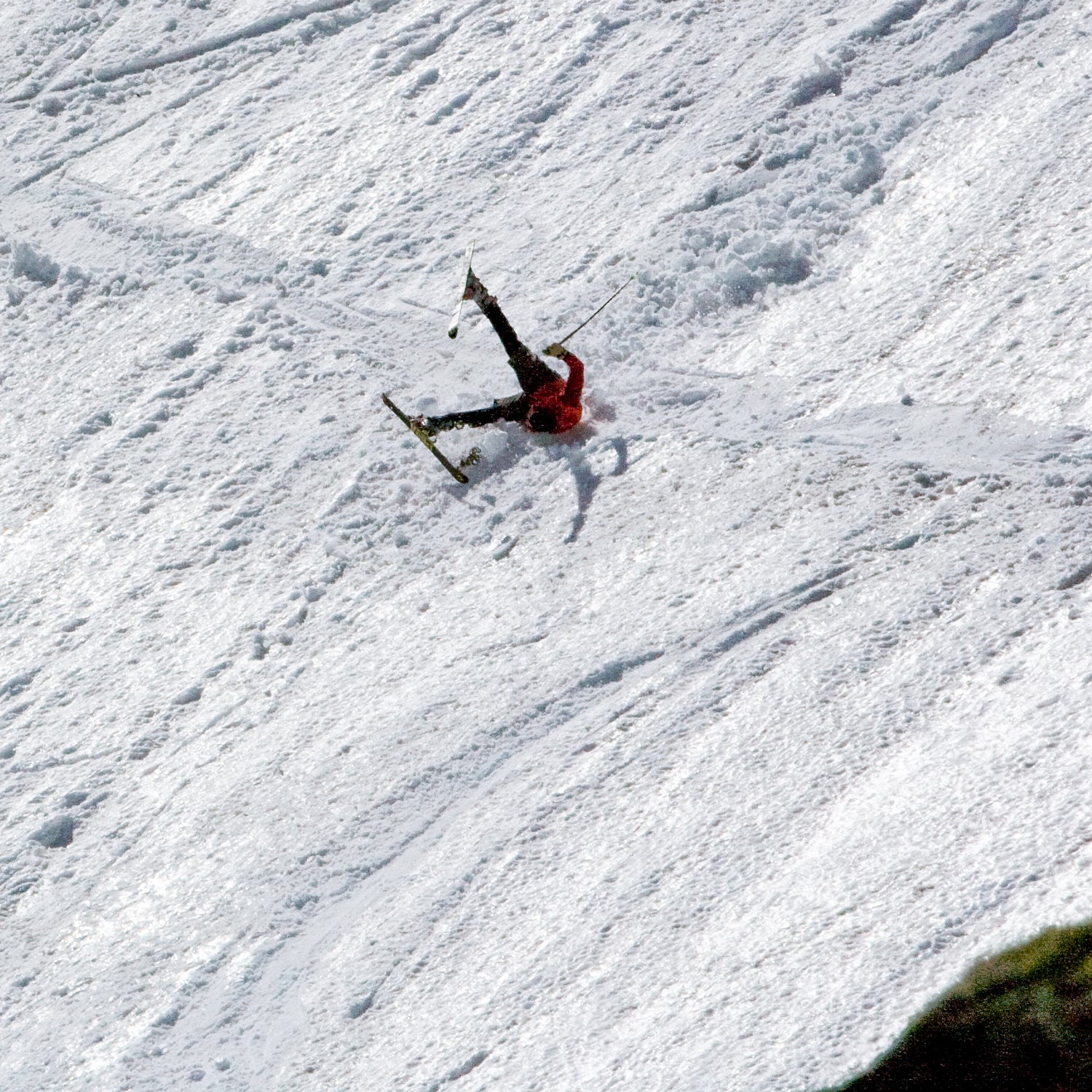Last December, for the first time in five years, I skied in the Northeast. I was born in New Hampshire and grew up riding chairlifts across northern New England. Eventually I went west for college and—like many before me—became hooked on the bigger mountains, better weather, and deeper powder. I had convinced myself that the resorts I left behind were too small and icy to be worth my time. But last winter, a good friend invited me to do some early season skiing with him at Sugarbush in Vermont.
I got my ass kicked.
As it turns out, skiing out West made me soft. I’d forgotten about the Northeast’s tight trees. The unforgiving bumps. The set-your-edge-or-die runs. After two long days ripping across the mountain, my lower back was throbbing, my legs were wet noodles, and my pride had vanished, hanging somewhere on a branch in the glades, I assume. If you don’t respect the mountains in the Northeast, they have a way of humbling—and hurting—you.
Having lived in the West for six years, I’ve grown accustomed to people making cheap jokes about the “ice coast” where I grew up and the “real mountains” that westerners ski. I endured those slights when I lived in Montana and New Mexico. When I moved to Denver and drove up my uncle’s driveway a few months ago, he looked at the “Ski the East” sticker on my truck and asked, “Now why would anyone want to do that?”
I wish I could have directed his question to Bode Miller, the New Hampshire native who was raised on the icy side of Cannon Mountain and went on to become one of the most accomplished—and fastest—American skiers of all time. Or maybe reigning Olympic and World Cup champion Mikaela Shiffrin, who grew up in Vail but spent much of her childhood training in New England, could have fielded that question. The Northeast has a history of producing some of the world’s best skiers, including Hannah Kearney, the Egan brothers, and Simon Dumont.
Are the mountains in the Northeast icy? Yeah, wicked icy. And I’ll be the first to admit the western peaks are more spectacular. The West has more vertical and offers terrain that simply doesn’t exist in places like New England. The wide-open, big-mountain skiing I did in Montana can’t be found in my home state. Nor can the cliffs, shoots, and sweeping bowls scattered across the Rockies and Sierra Nevada. New Hampshire has Tuckerman Ravine, the iconic steep bowl on the southeast face of Mount Washington. It offers a taste of the West (and the 31 skiing fatalities it’s claimed over the years indicate its seriousness), but Tuckerman’s legendary headwall remains an East Coast novelty.
I won’t argue that skiing in the East is superior. But it is typically more technical and full of the kind of challenges that should tempt any serious skier. Carving turns in the East requires more endurance, patience, and focus. The boreal forests are dense, creating tighter glades with a significantly smaller margin for error. If you aren’t precise, you’ll be impaled. And every time I hear westerners rag on the “ice coast,” I take pride in the fact that most of them would struggle to ski it. Keeping your edge at 50 miles per hour on ice, feeling the chatter of your skis up your spine, requires more skill than taking face shots of cold-smoke powder.
So, to my uncle’s question: Why would anyone ski the East? For starters, it will make you a superior skier. But a better answer would be another question: Millions of years of geological evolution left us with two jagged spines sprawling up the width of our continent—why, other than to prolong your time in the brewpub annoying people, have the argument at all?

